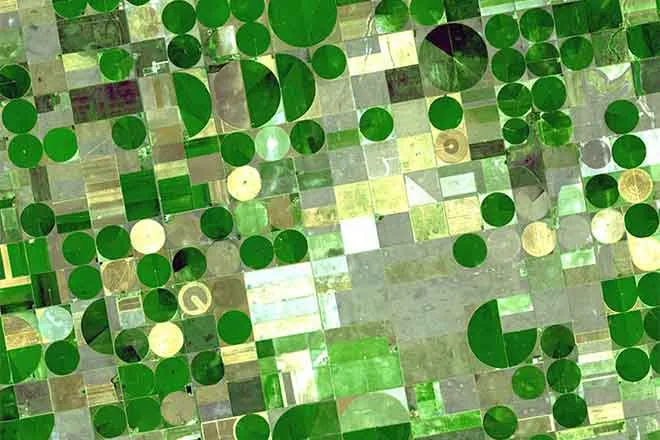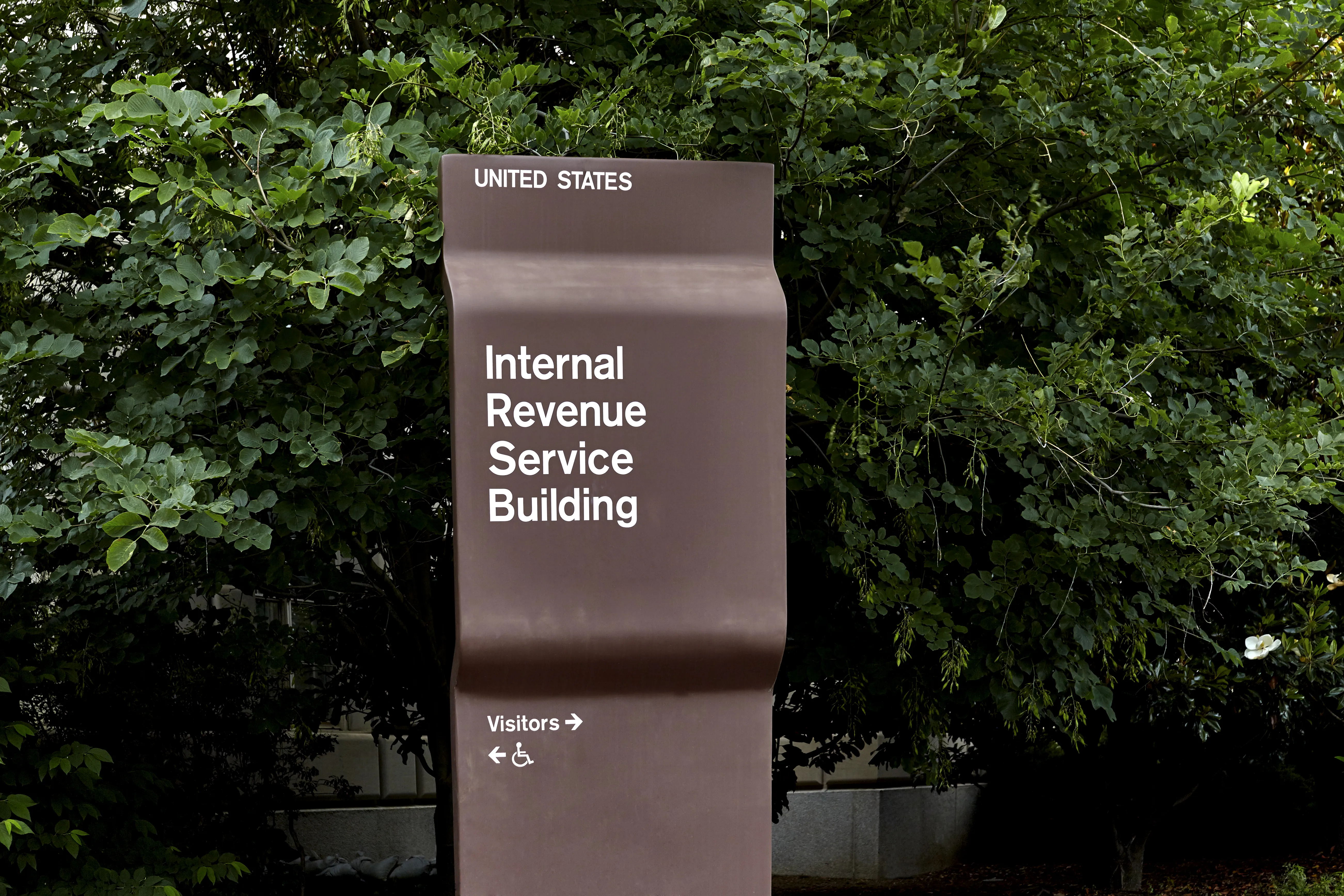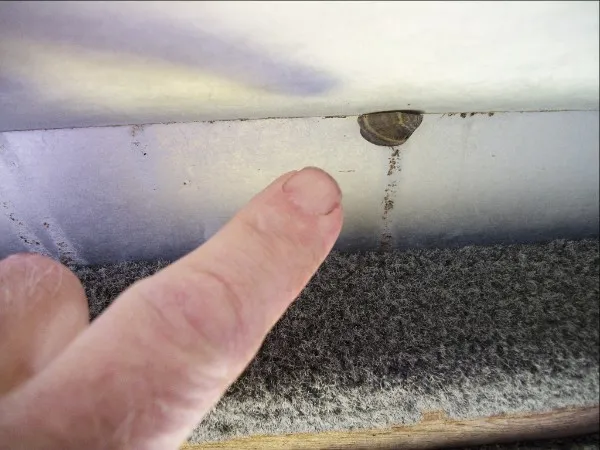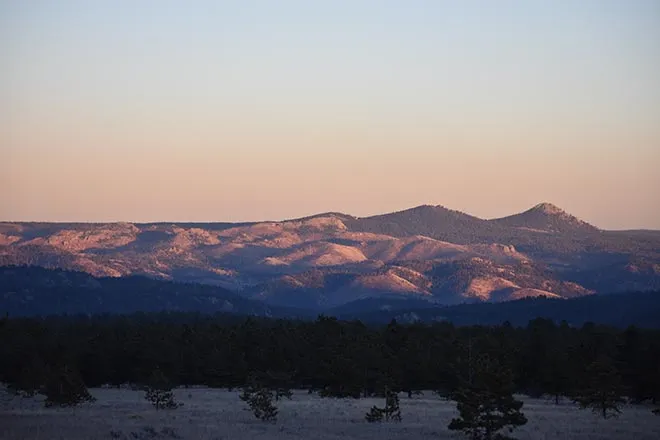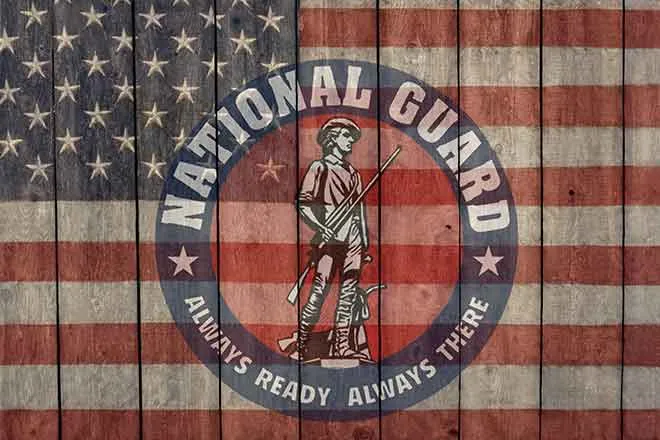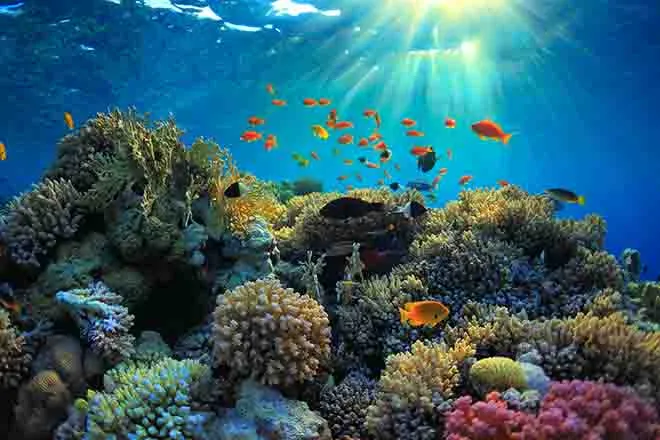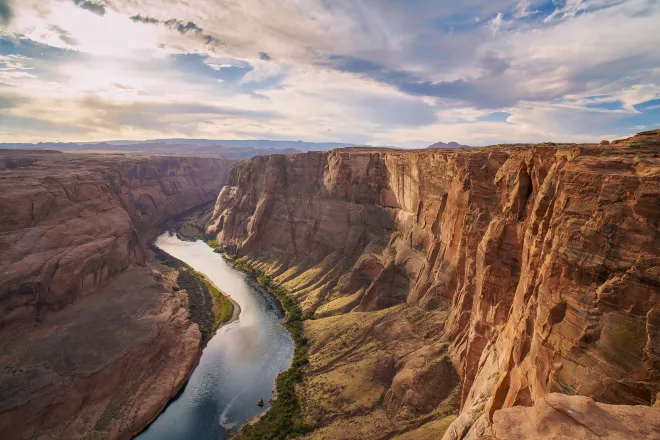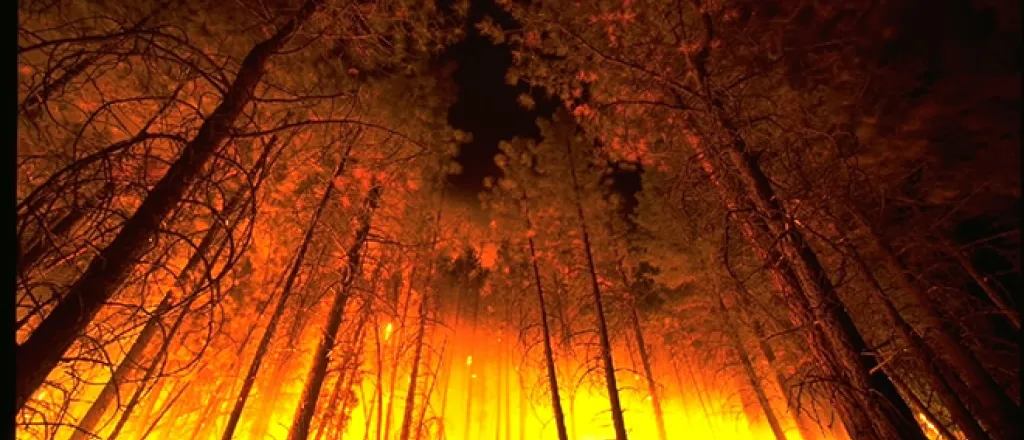
Wyoming already seeing 'pretty heavy' wildfire activity
Elyse Kelly | The Center Square contributor
(The Center Square) – As summer heats up in July and August, Wyoming’s wildfire season is likely to creep above average, although recent hot and dry weather has already stoked fires.
Many parts of the state continue in drought, some of it severe. The state’s predictive services are forecasting June fire levels to be average, trending to higher-than-normal levels later in the summer, according to Wyoming state forester Bill Crapser.
It’s hard to even tell what normal is anymore, Crapser added.
“We’ve had pretty heavy fire activity for this early in June,” he said. “It’s hard to say what’s average anymore, but I think we’re going to have an above-average fire season this year.”
Drought conditions are expected to continue with higher than normal temperatures and lower than normal precipitation across most of the state, according to Crapser. The western and northern parts of the state are likely to be the hardest hit, he added.
The state is preparing by adding two single-engine air tankers to be available to support counties along with heli-vac operations. Federal agencies have added surge resources as well.
“Right now in the state, even with the activity we’ve got, we have more federal heavy helicopters, that sort of thing, than we would have in a normal year right now,” he said.
Approximately 84% of fires in Wyoming last year were caused by humans, Crapser said, and he thinks it strictly because the state is seeing more human activity.
“We have a lot more people recreating, taking advantage of the national forests, taking advantage of BLM lands and other public lands in the state for recreation, so we’re seeing an increase in that,” he said. “We also, like every other place in the west, have seen an increase in people living out in the wildland/urban interface.”
Crapser urged residents and visitors to be careful.
“A lot of the human-caused fires run the gamut from unattended campfires to ricochets from recreational shooting and exploding targets to fireworks to safety chains from trailers dragging and starting fires, so all sorts of things, and trash burning — everything you can think of from a human-caused fire, we’re seeing more of them,” he said.
The state's forest service works closely with counties to create firewise communities. Crapser said residents have a much better chance of keeping their homes safe if they prepare ahead of time to create defensible space around the perimeters.



